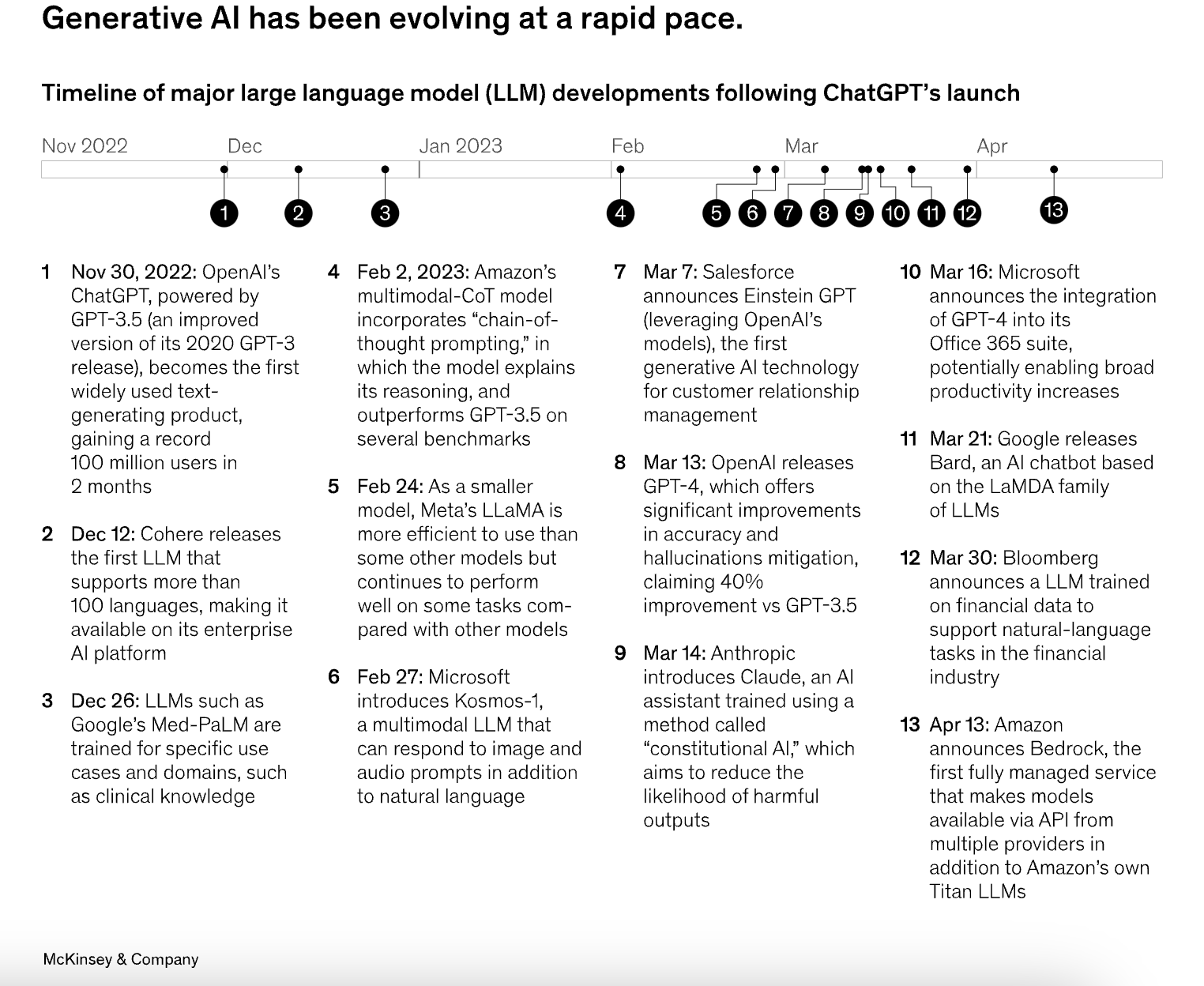AI And The Future
Amazon has declared that it will invest $1.2 billion in retraining 300,000 staff in preparation for the rising automation of its warehouses, which are already filled with equipment driven by artificial intelligence. Participation is voluntary under a program the business calls “Upskilling 2025,” which is aimed to educate staff on skills they may apply to work in technical jobs inside or outside of Amazon.
Is AI a risk or an opportunity for the future of work?
To better assess the impact of AI on issues like gender parity, social justice, and other ethical and moral questions arising from its use in the workplace in developed and developing economies, this episode examines this question and explores what kind of research and policies should be considered.
When it comes to the effects of AI on the workforce, how prepared are we?
Concerns about Artificial Intelligence (AI) seem to be most prevalent in the workplace today. However, questions over whether or not the development of AI poses “a threat or a promise” have been on the rise for quite some time. Should we be worried?
In the future, AI will take over jobs that are boring or risky, freeing up workers to do things like creative problem-solving and empathizing that they are better at. Those who have occupations they enjoy going to each day can be more content with their lives.
Artificial intelligence (AI) can swiftly and correctly interpret vast volumes of data, allowing for more timely and well-informed judgments. The impact of AI extends across many fields and areas of life. Almost every aspect of our everyday lives will be influenced by artificial intelligence as this technology develops and improves.
Human abilities are expanding, and age-old human pursuits are being upended, all because of the digital revolution. Code-driven systems have expanded to more than half of the world’s residents in ambient information and connection, presenting previously unimagined potential and tremendous risks. Will people be better off in the future as the spread of new algorithm-driven AI continues?
Read: Top 15 AI Trends In 5G Technology

Many people are needed to train and refine AI algorithms, which is a necessary step in the development of AI. As a result, positions that didn’t previously exist emerge. Machine learning engineers must create and monitor AI systems while AI ethics specialists guarantee AI is used appropriately. AI is not eliminating employment, but it is reshaping the nature of many professions.
The potential of AI
Experts have projected that networked AI will both increase humans’ efficacy and pose a danger to people’s freedom of choice and action. They discussed how computers may potentially match or even surpass human intellect and skills in a variety of domains, including but not limited to complex decision-making, reasoning, and learning; sophisticated analytics and pattern recognition; keen visual acuity; speech recognition and language translation; and so on. Communities, automobiles, buildings, utilities, farms, and corporate operations that use “smart” technology were touted as ways to cut costs, improve safety, and give people a say in shaping their futures.
The potential of AI in medical diagnosis and treatment, as well as in assisting the elderly to have more independent and healthy lives, was a common theme among the more upbeat comments. They were also hopeful that AI would be able to help with public health initiatives that make use of the potentially enormous quantities of data that would be collected in the future years, on topics ranging from individual genomes to dietary habits. They also anticipated that AI would help bring about long-awaited shifts in both the official and informal schooling sectors.
Conclusion
The advent of AI has opened up exciting new possibilities for productivity and creativity in the workplace, but it has also presented new concerns for individuals and businesses. Understanding the pros and cons of automation is crucial for preparing for the future of work as AI continues to develop.
The advent of AI promises to usher in a new era of productivity, safety, and creativity in the workplace. While automation has many benefits, it also comes with risks that must be considered. These risks include job loss, stagnant or declining skill levels, and increased inequalities. The future of work may be productive and fair if we devise methods that take into account both the advantages and disadvantages of automation.
Read OpenAI Open-Source ASR Model Launched- Whisper 3
[To share your insights with us, please write to sghosh@martechseries.com]

Comments are closed.